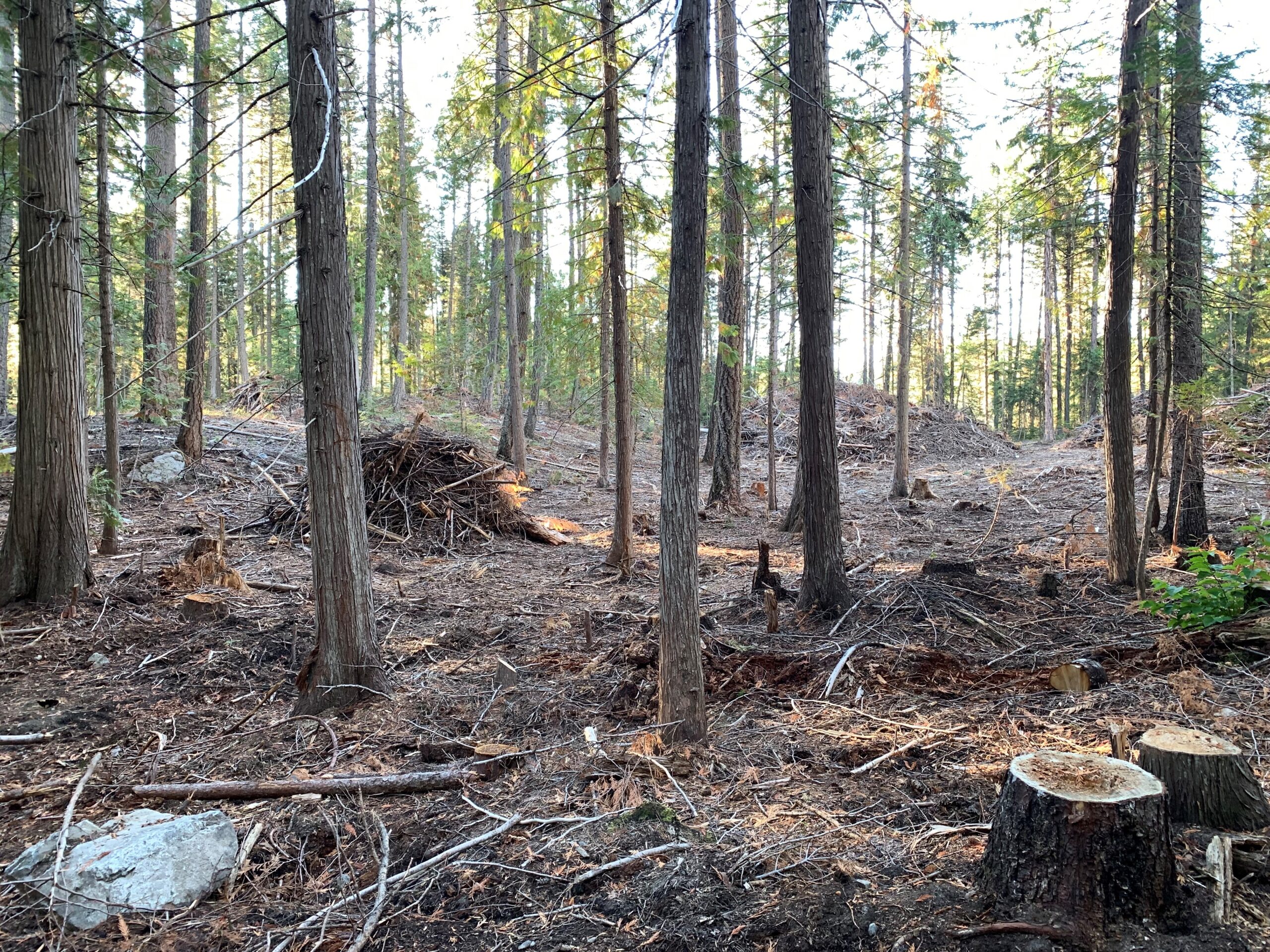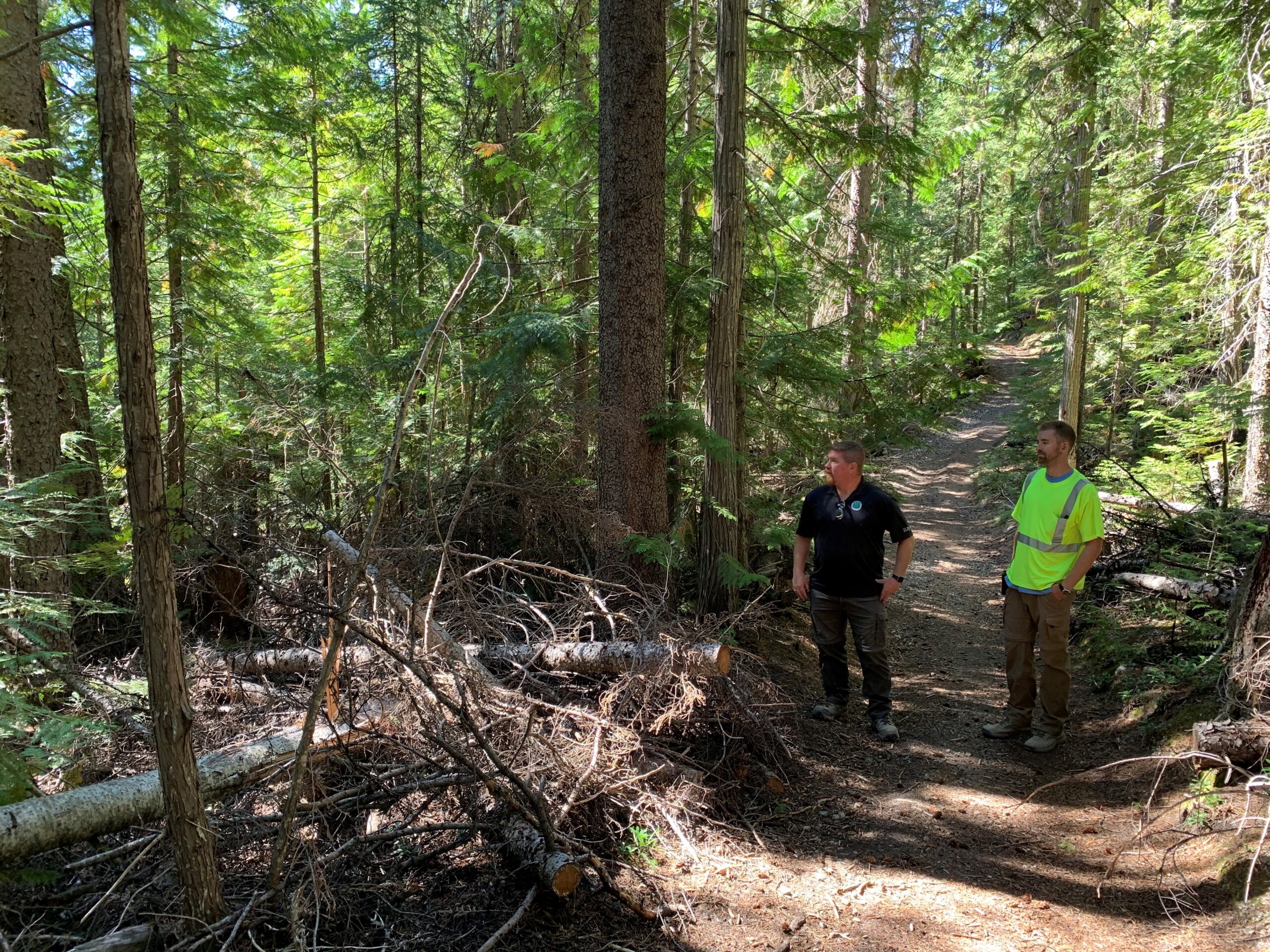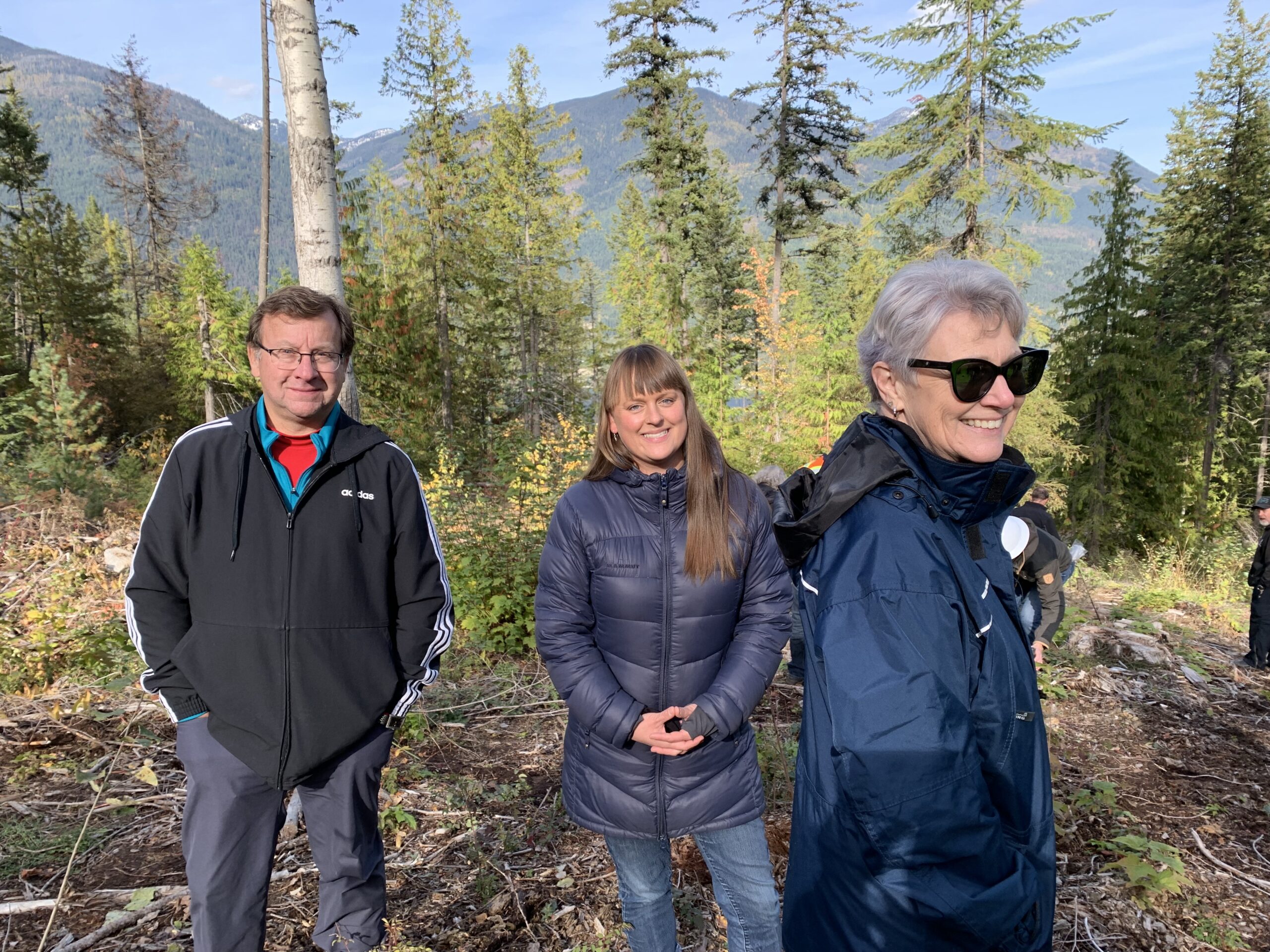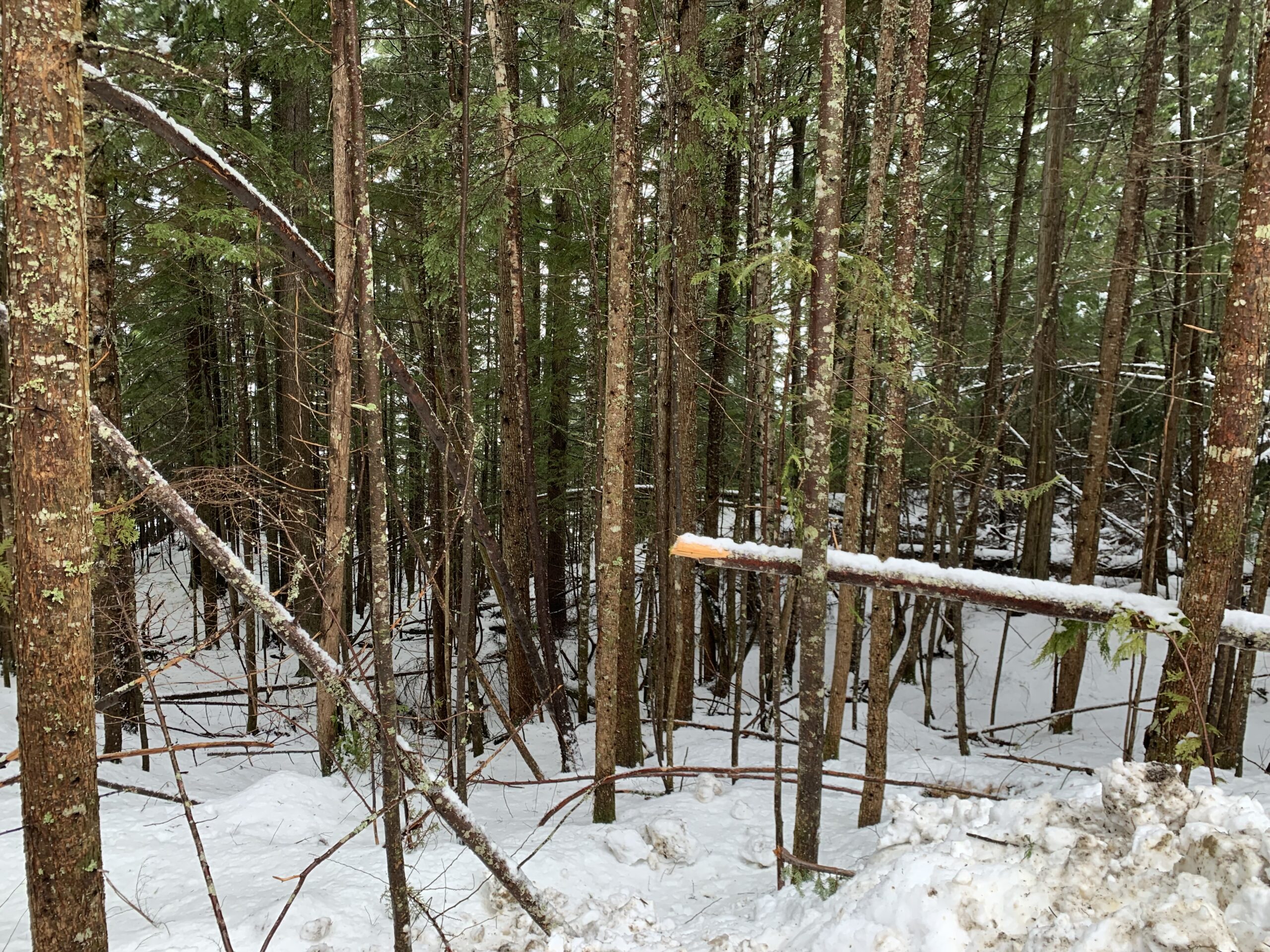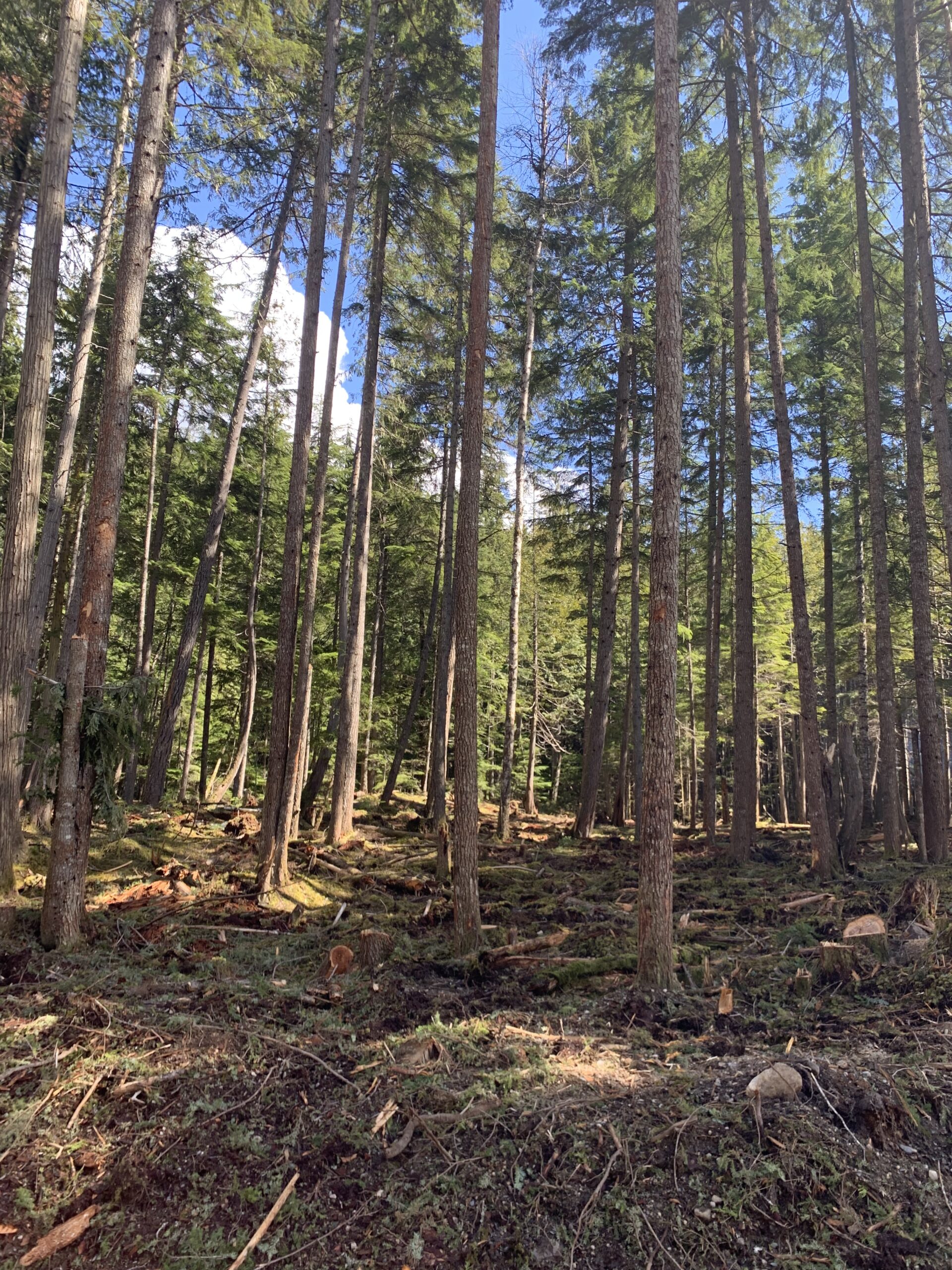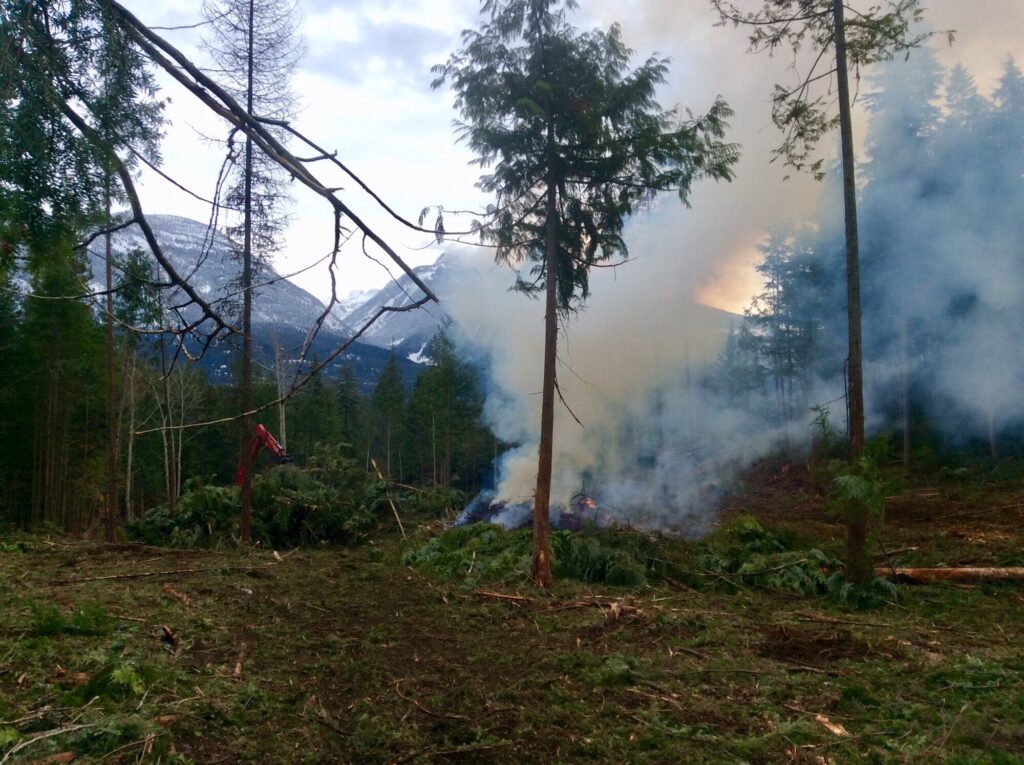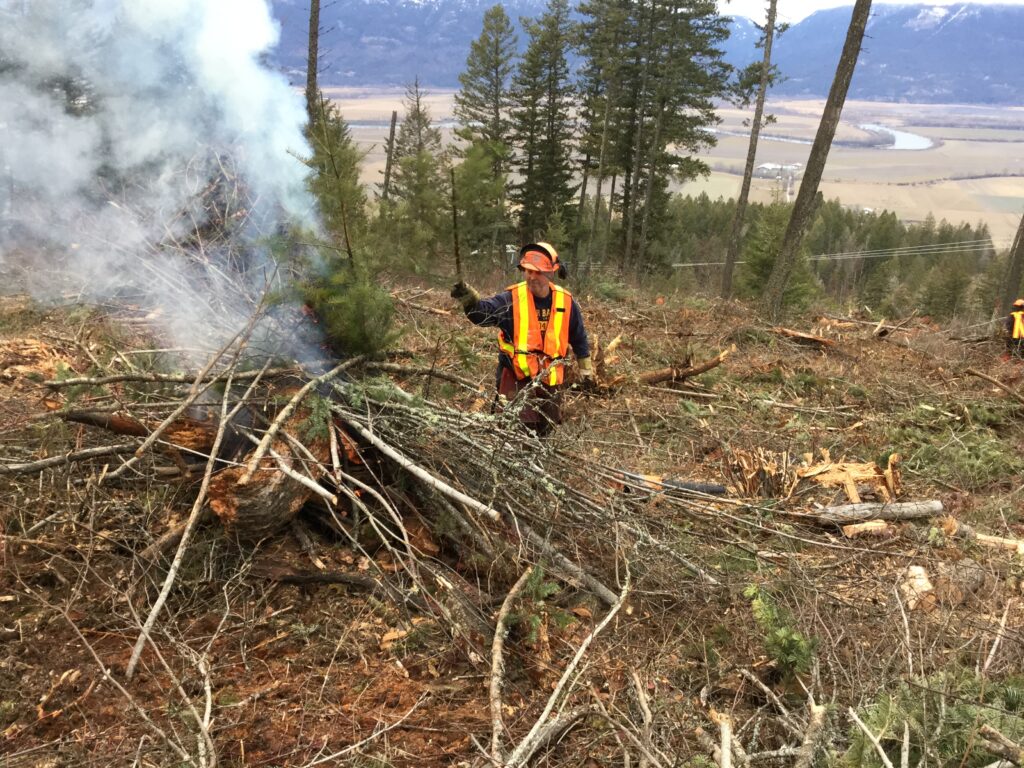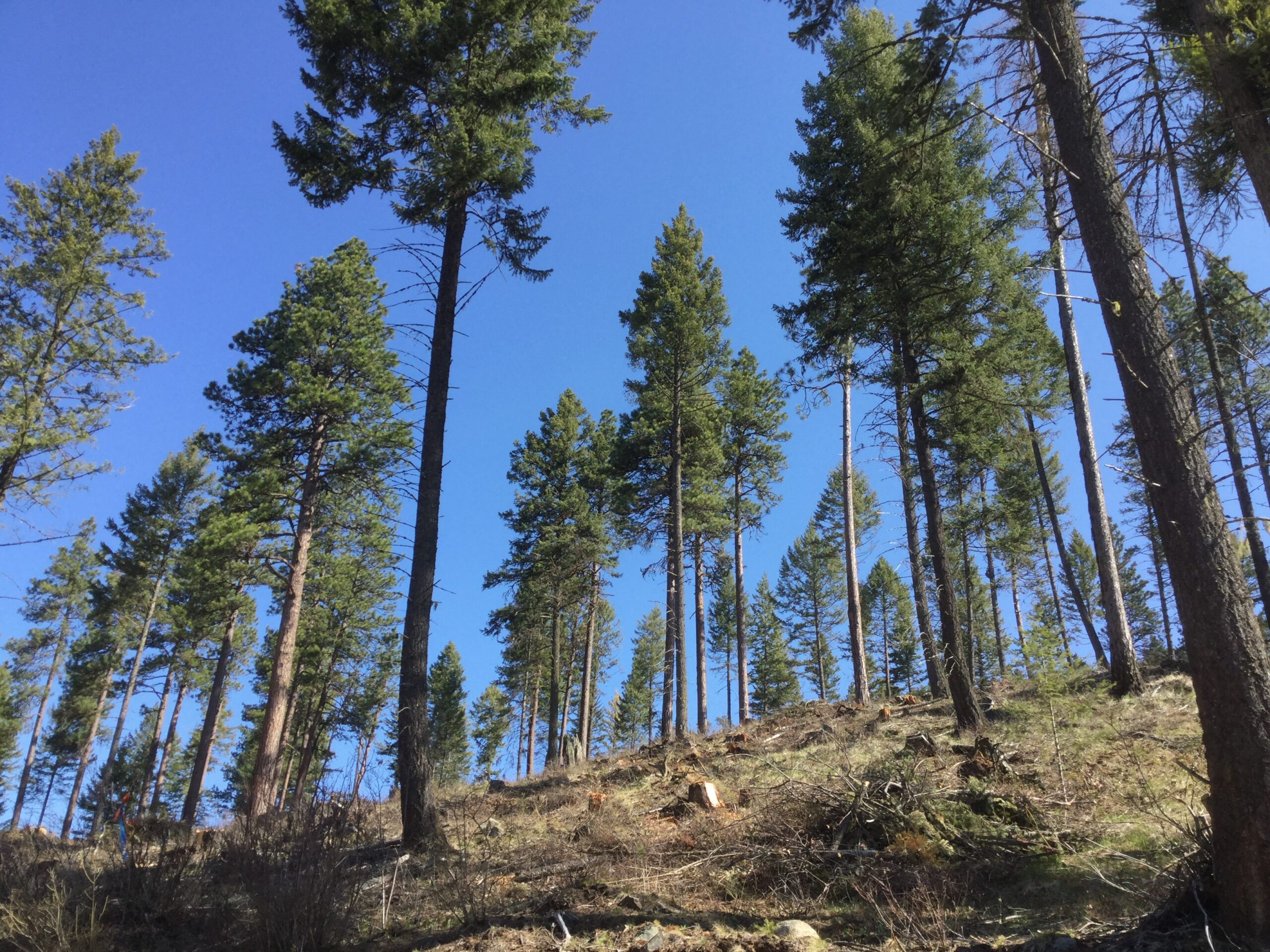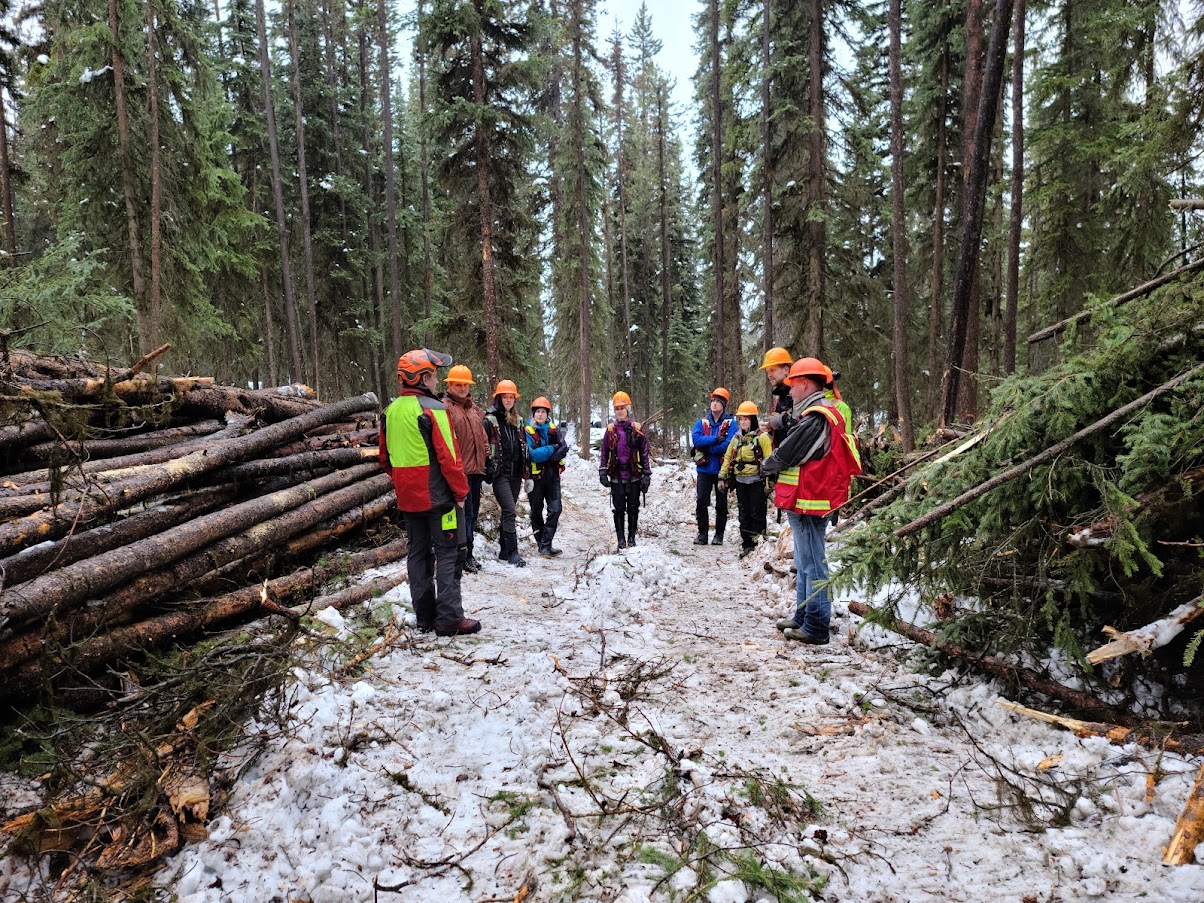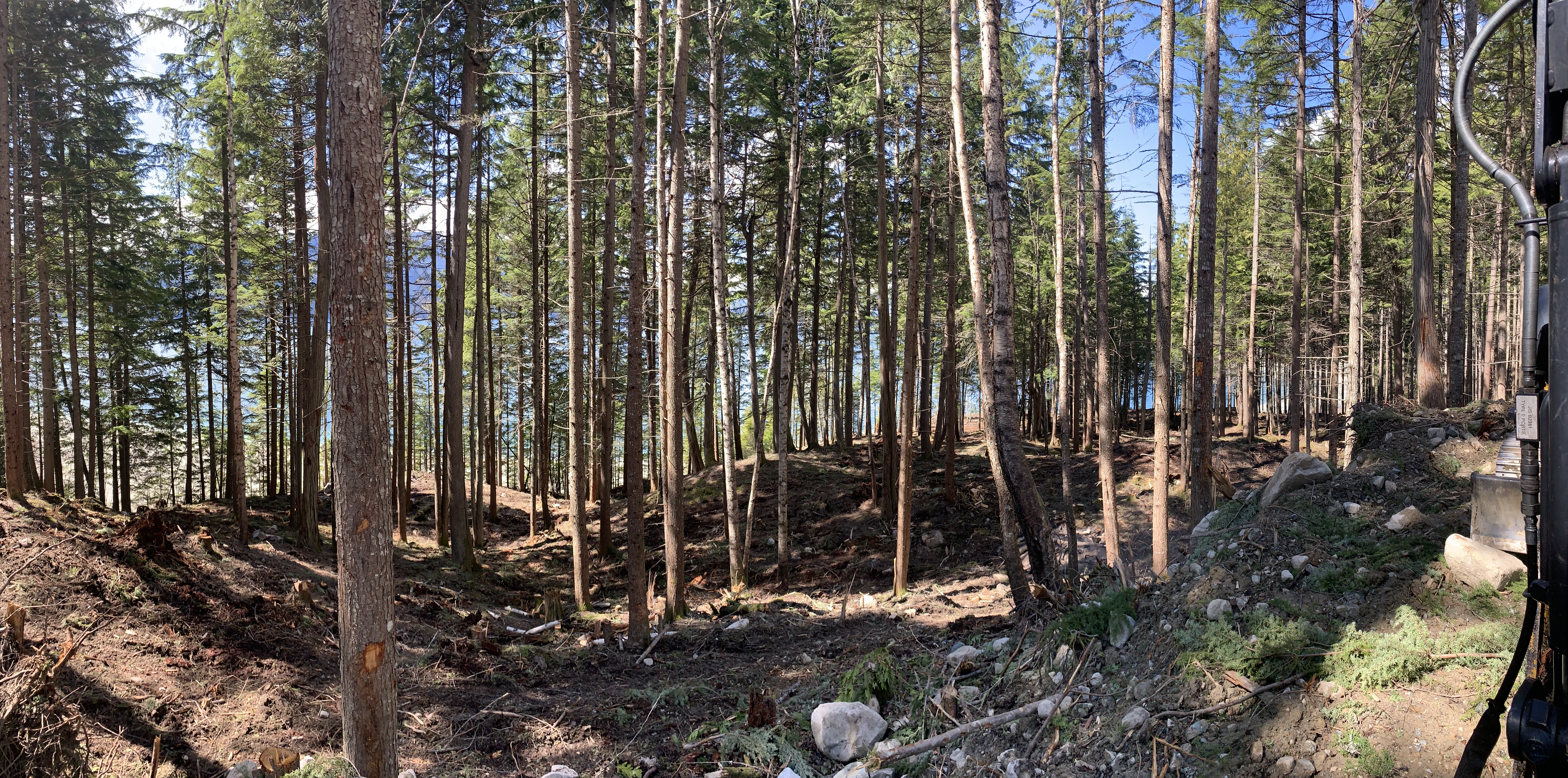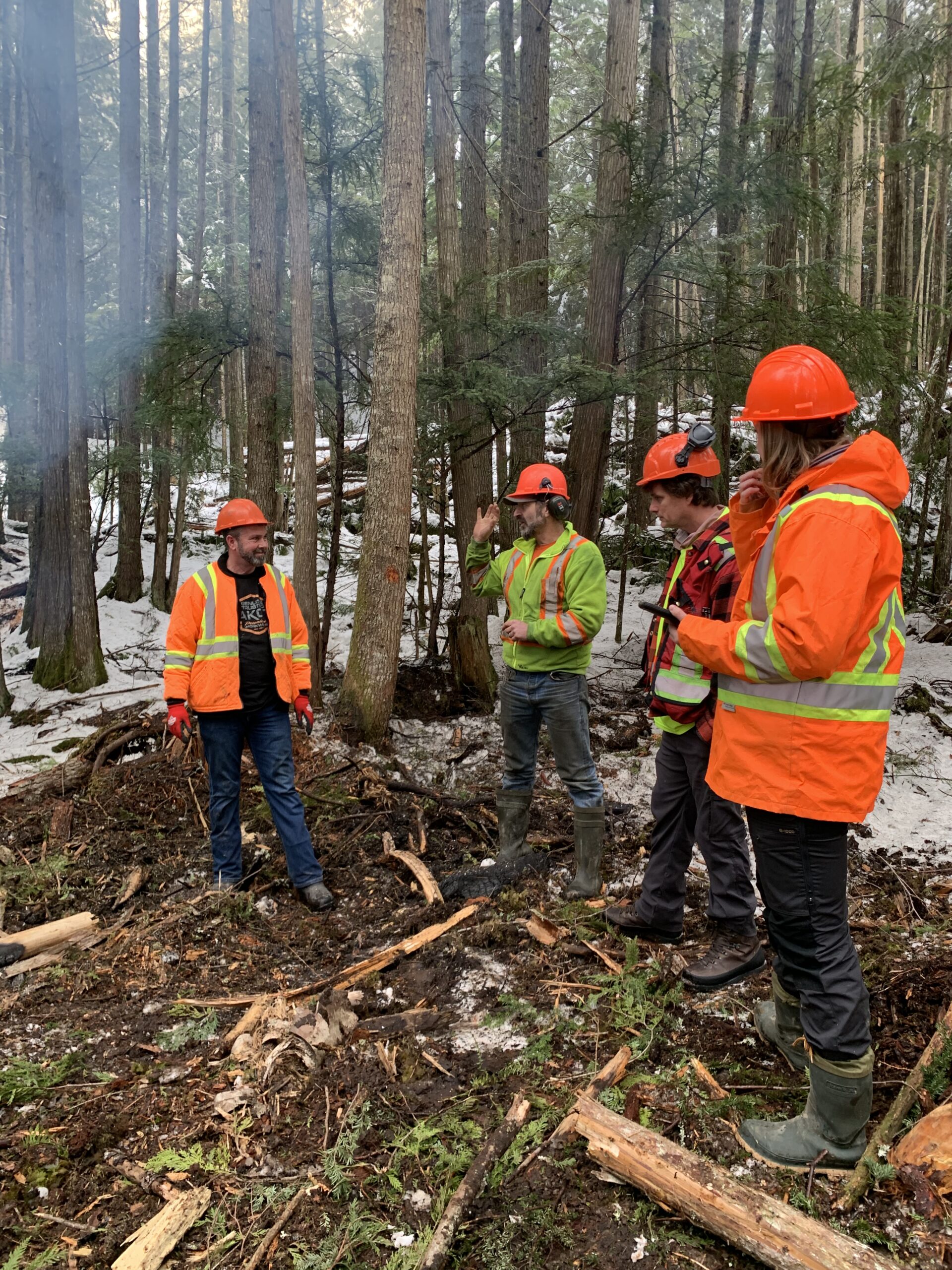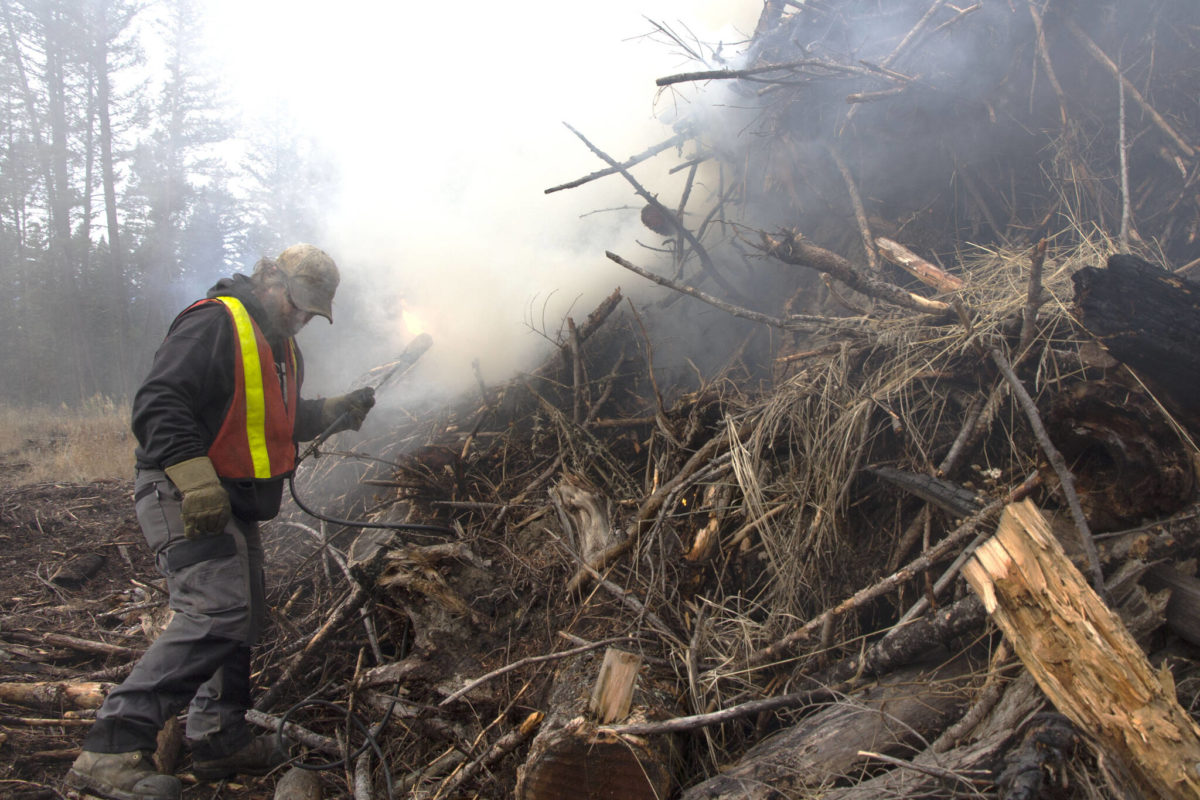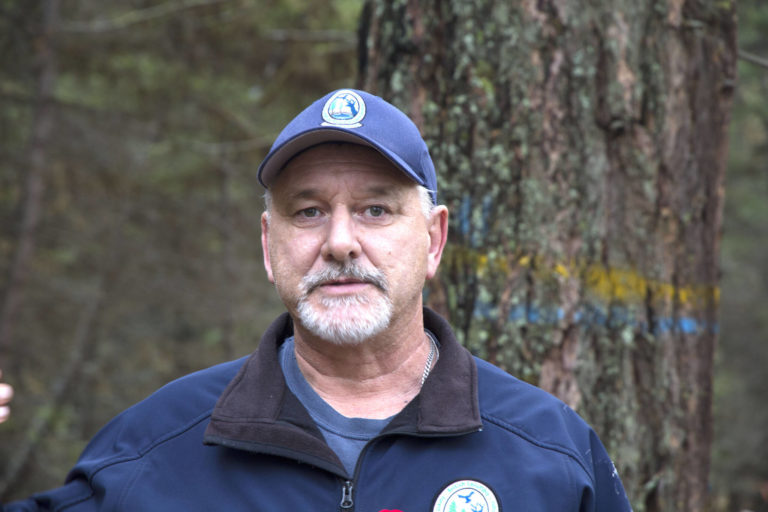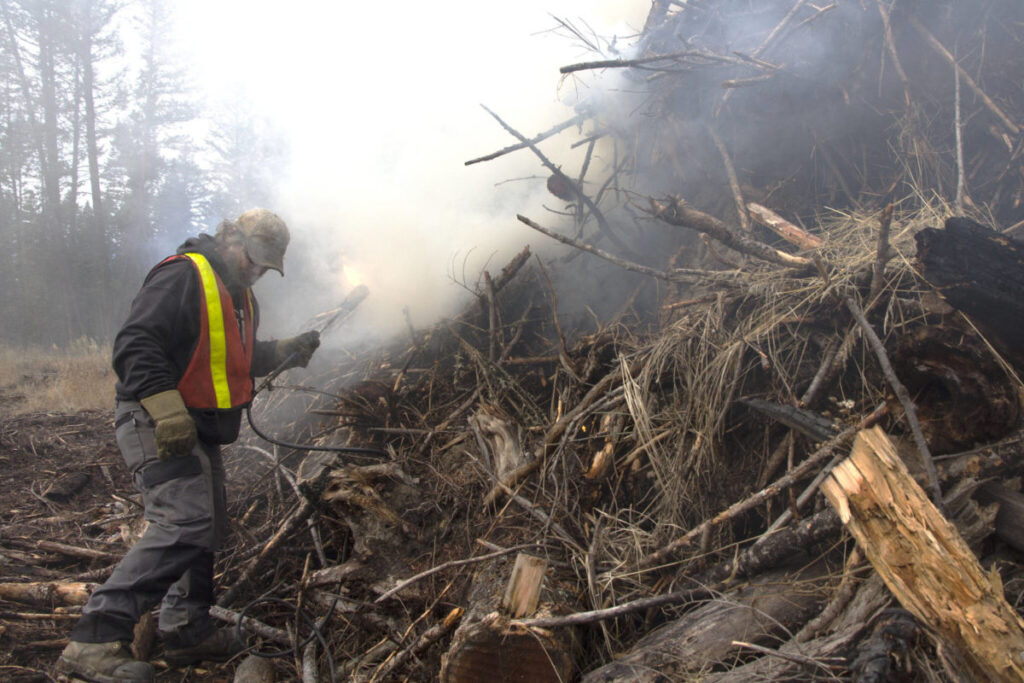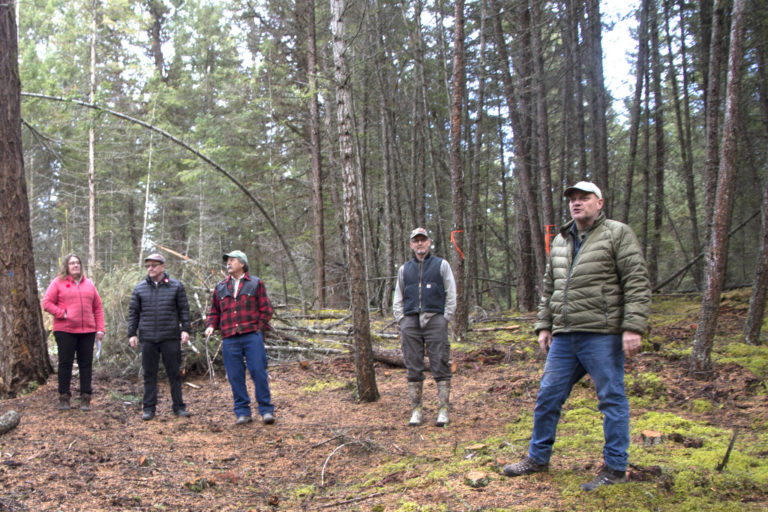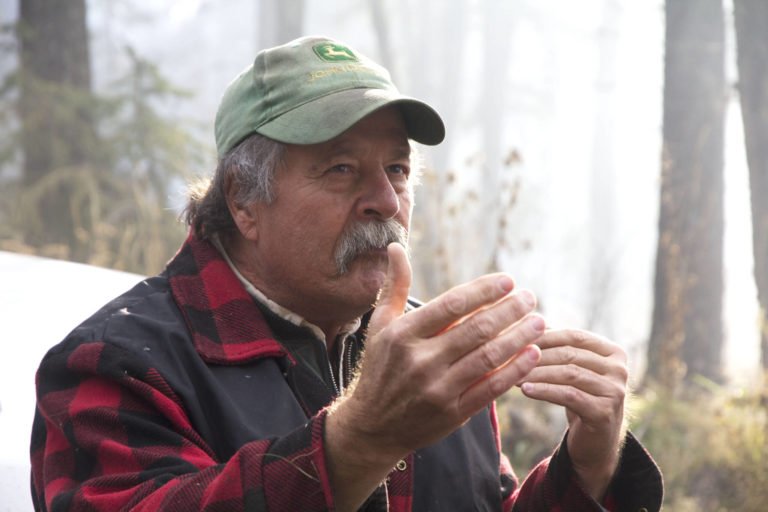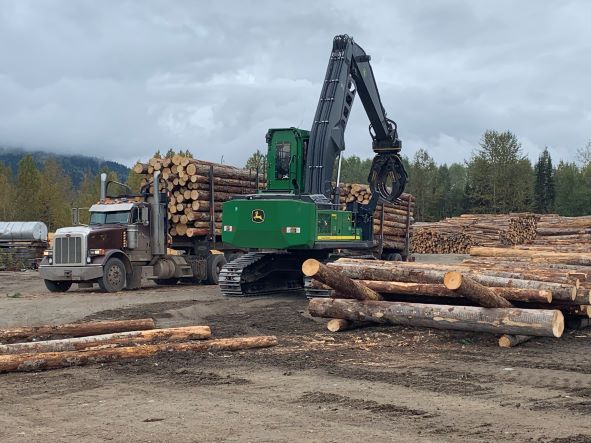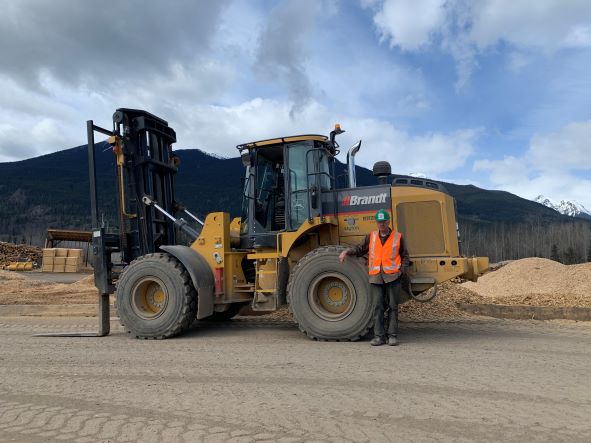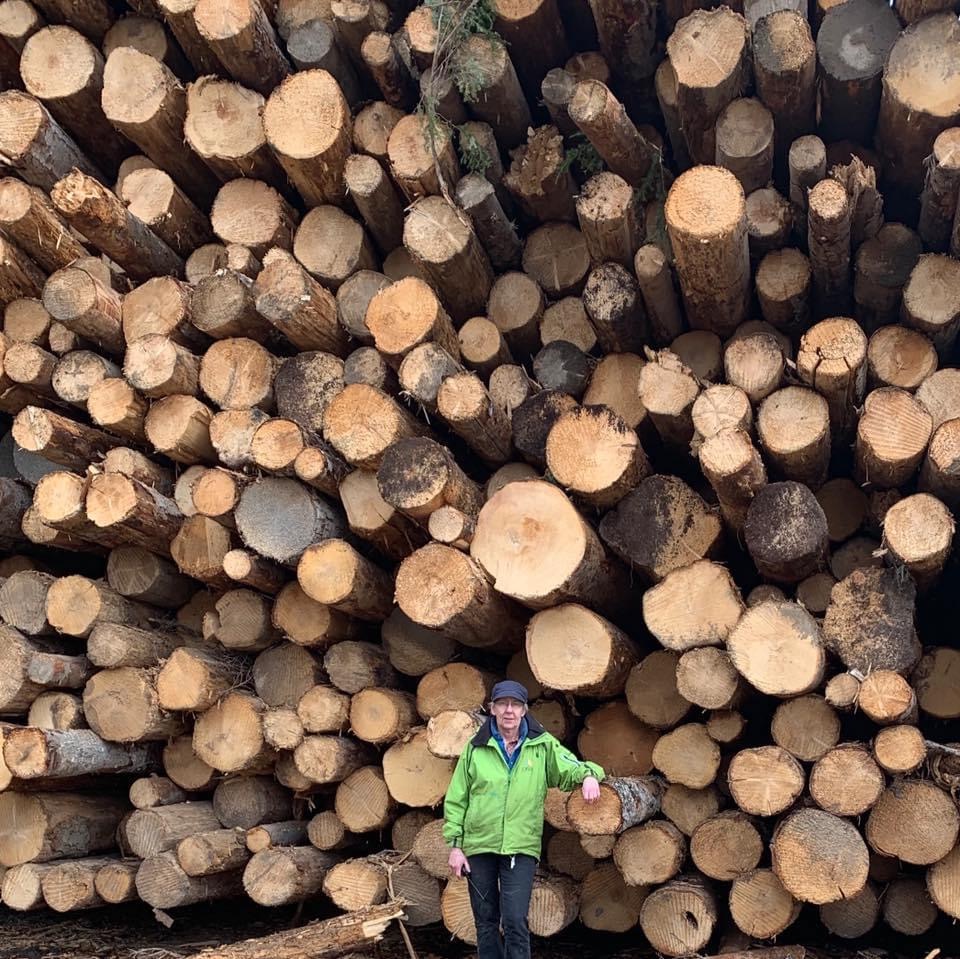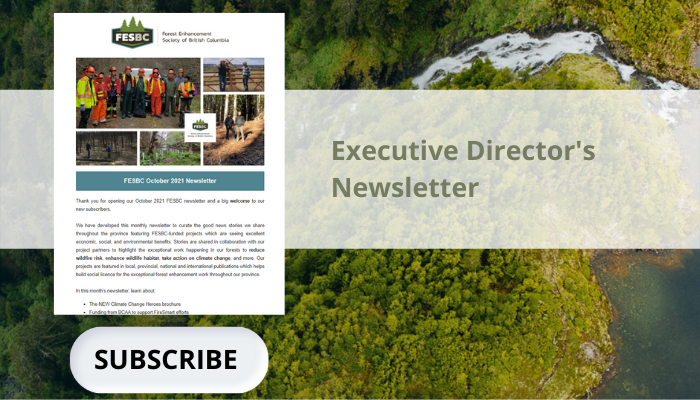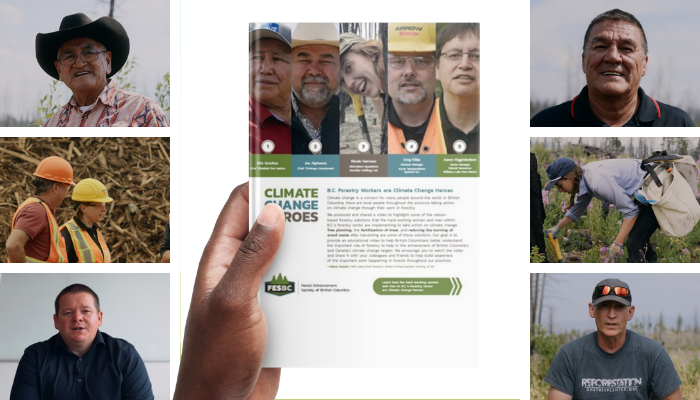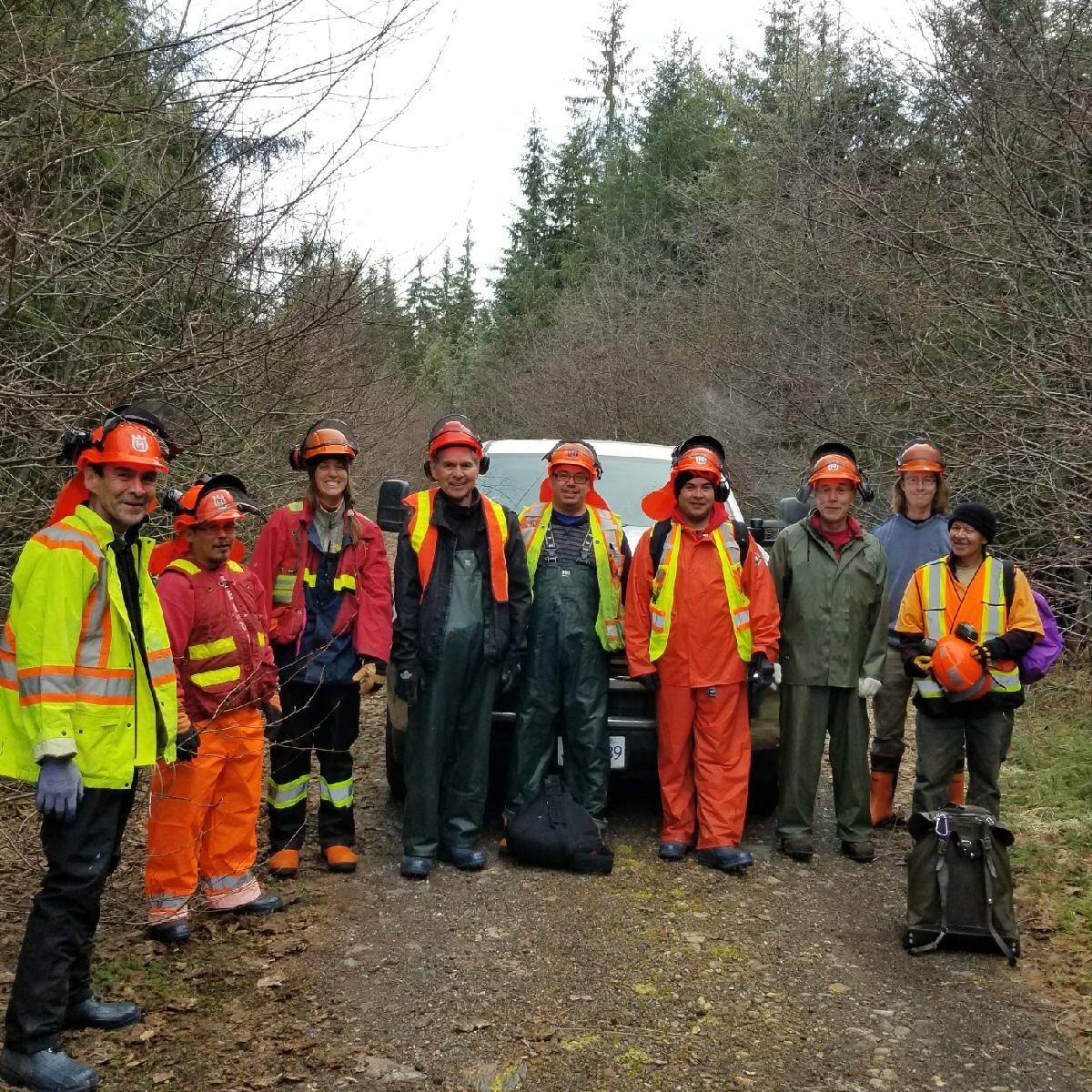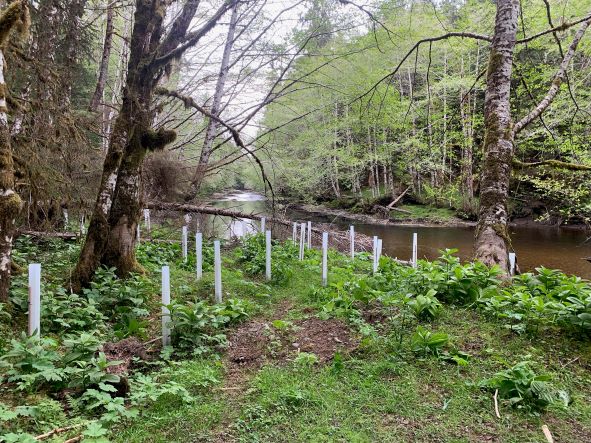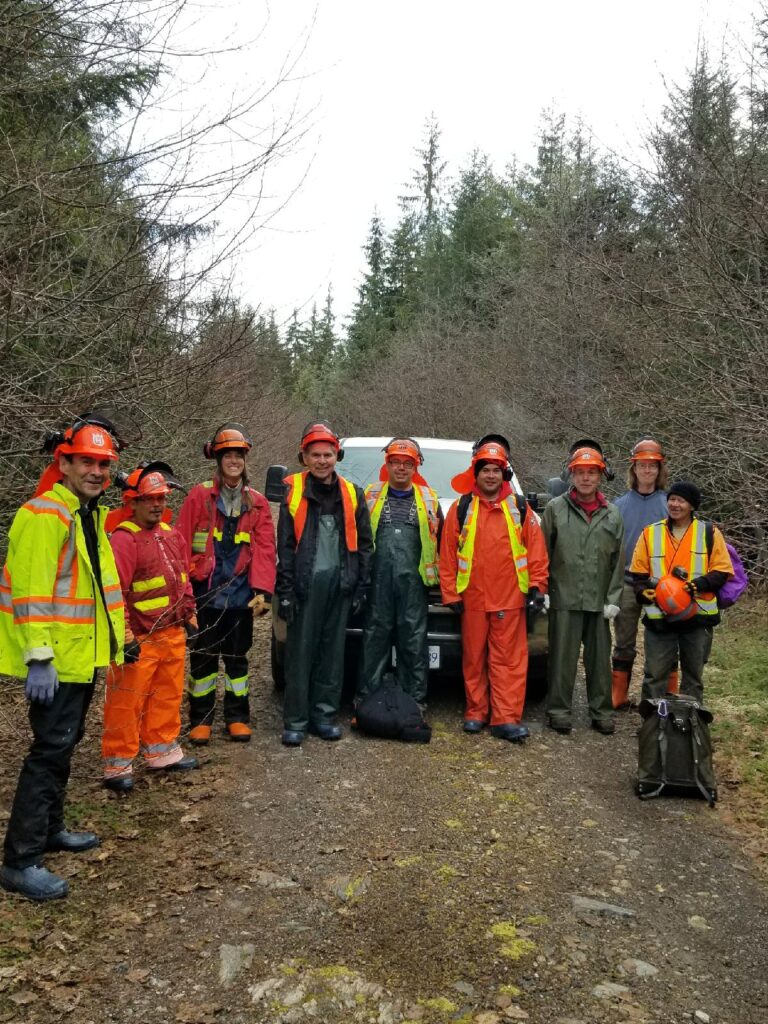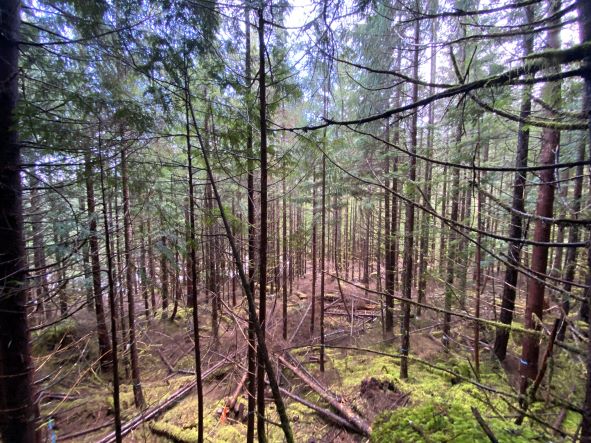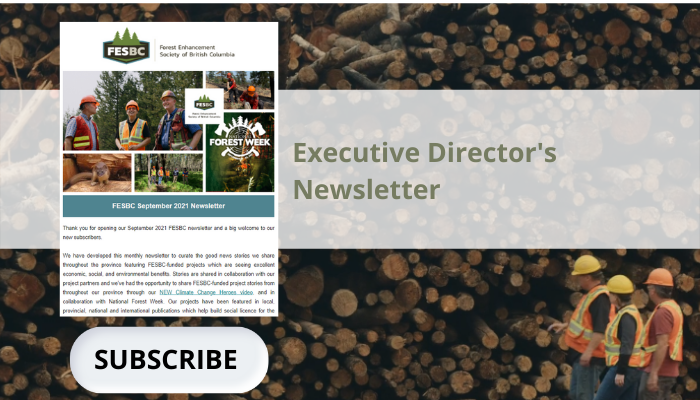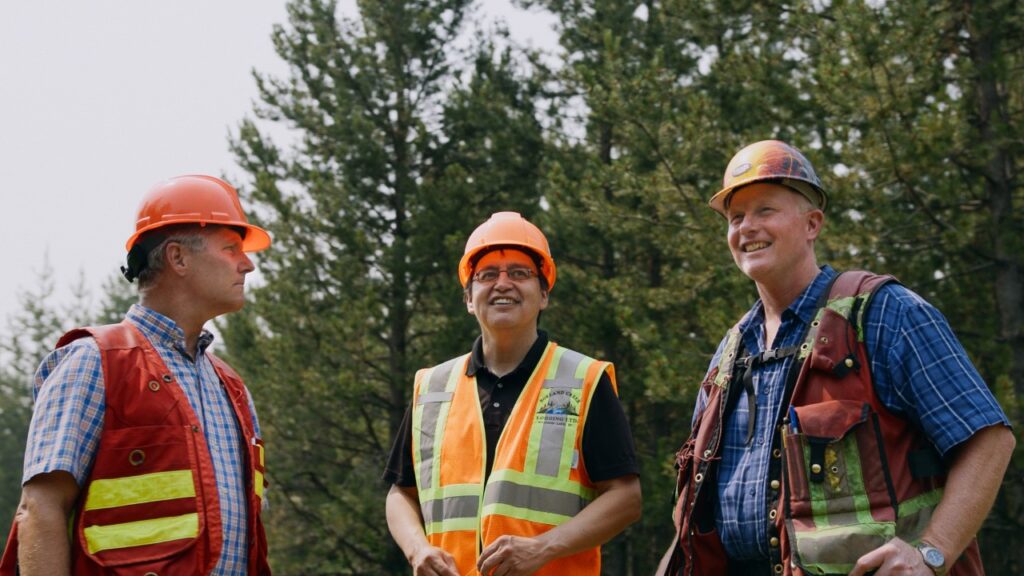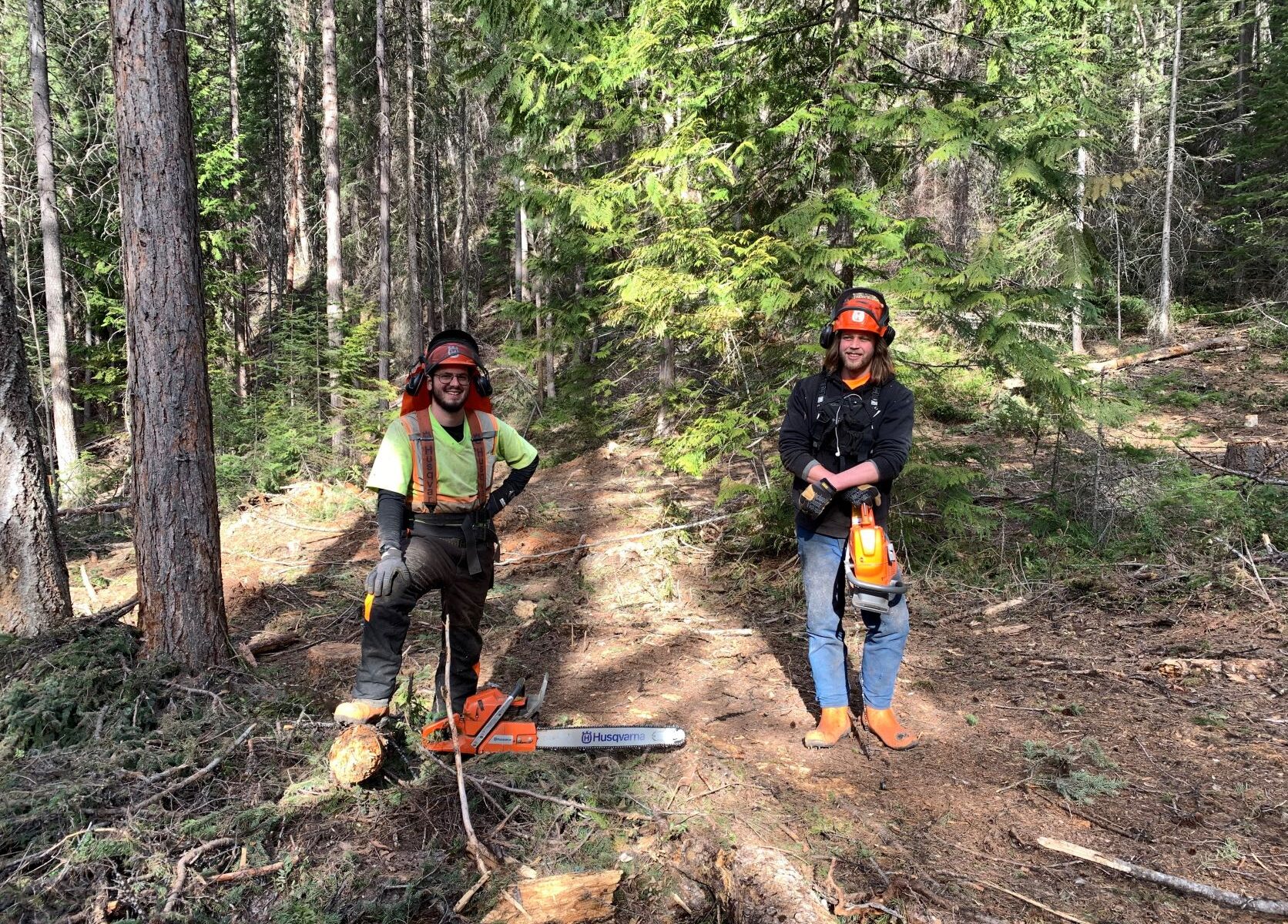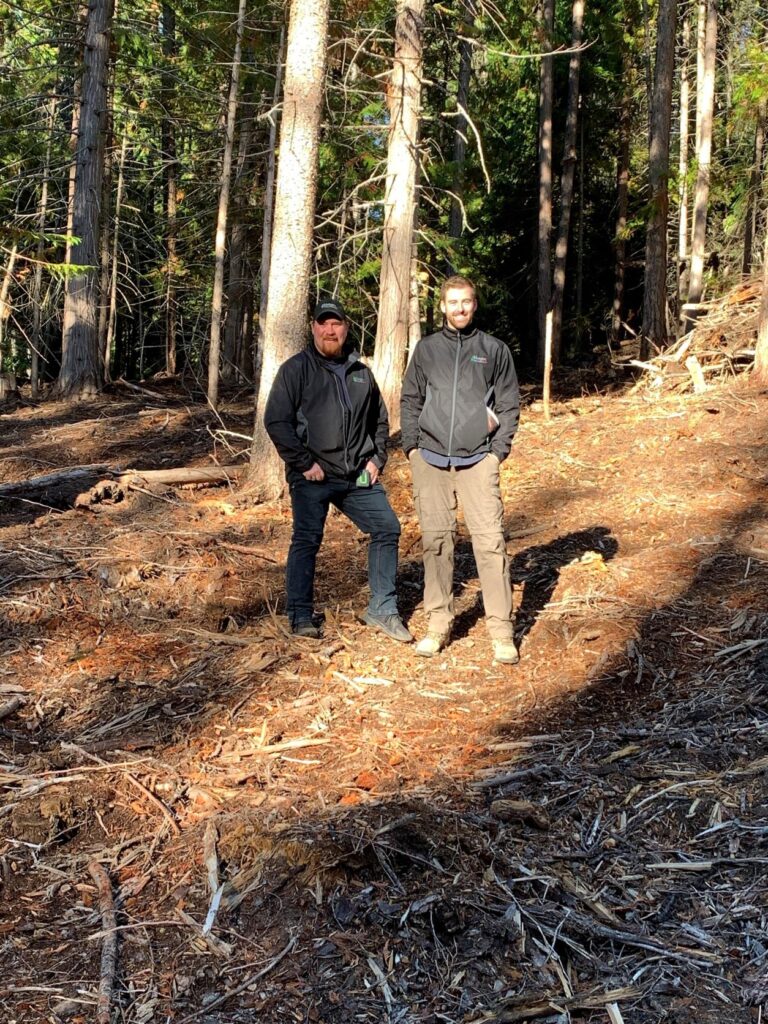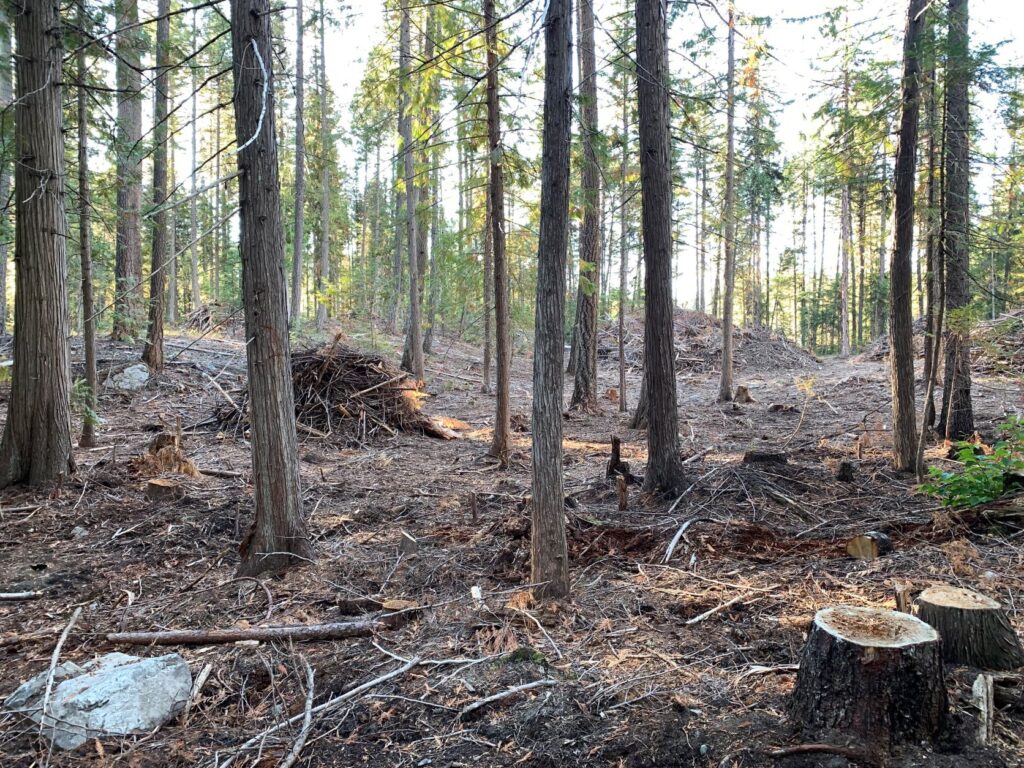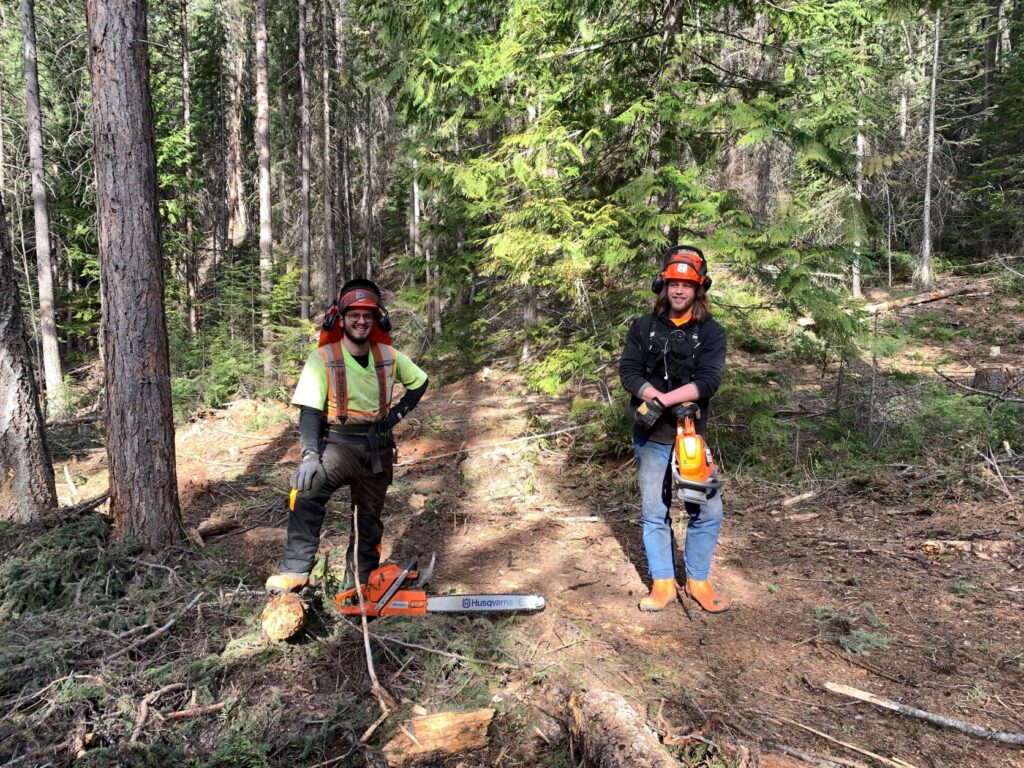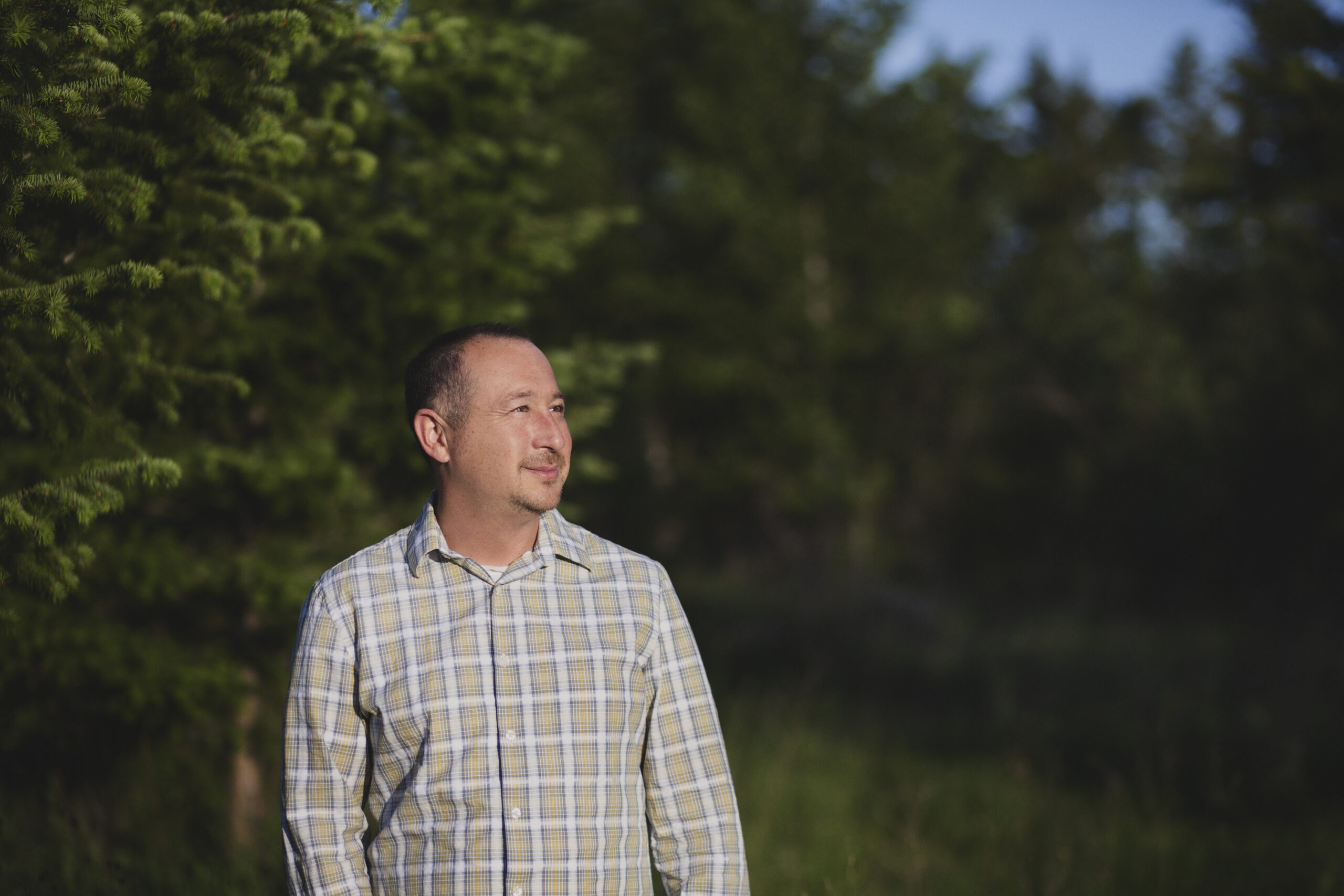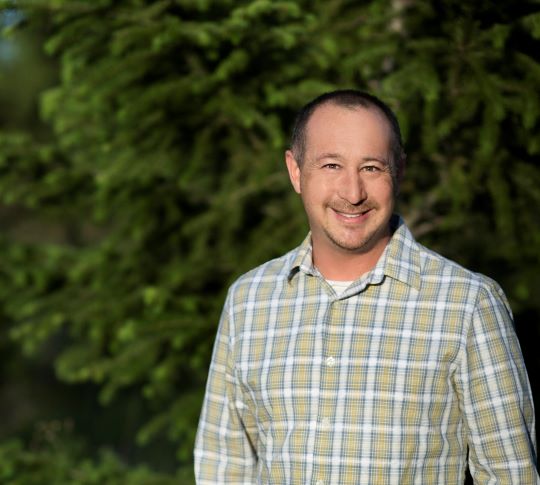Midway, B.C. – With the infusion of new grant funding of $1,137,375 from the Forest Enhancement Society of BC’s (FESBC) 2022-2023 Funding Program, the West Boundary Community Forest (WBCF) has already started working toward proactively making the communities of Midway, Greenwood, Grand Forks, Rock Creek, and Westbridge safer from the threat of wildfires.

“The Forest Enhancement Society of BC is a proven partner in delivering projects on the ground that protect people from wildfire risks and reduce emissions from slash pile burning,” said Katrine Conroy, Minister of Forests. “Along with the historic investments in Budget 2022 to transform the BC Wildfire Service into a year-round service and double funding for proactive wildfire prevention, the critical work of FESBC is helping build communities that are safer and more resilient to climate change.”
Dan Macmaster, RPF, Forest Manager with WBCF expressed what funding from FESBC means to the community forest.
“We are humbled and honoured that FESBC accepted our proposals; in the past, we received funding for fuel mitigation projects on the southern slopes of Midway, in May Creek outside of Grand Forks, and on the western shores of Jewel Lake. This funding allowed us to complete thorough and well-organized consultations with First Nations as well as local residents. We conducted fuel measurements and data collection to develop a prescription that focused on wildfire risk reduction in our treatments,” said Macmaster, adding, “The incremental costs of removing dead fuels in the adjacent forests can be costly, and FESBC has given us the ability to get the job done properly.”
The five new projects that have received funding are Myers Creek Road, Fiva Creek, Greenwood East, Lone Star Border, and Rock Creek South.
The Myers Creek Road project is on a road that runs parallel to the US border behind Midway, B.C. WBCF will be developing a shaded fuel break on each side of the road to protect the community from wildfires that could spread from the south.
The Fiva Creek project will involve fuel mitigation on a dense hillside north of Westbridge and adjacent to many homes. After WBCF’s selective cut, they plan to utilize local contractors to mechanically and manually rake and pile the remaining debris to ensure the fuels left in the forest are reduced.
The Greenwood East project is slated for the east slopes of Greenwood that have a buildup of fuel and requires understory thinning, slashing, hand piling and pruning to reduce the potential impact of future wildfires.
The Lone Star Border project will be located along the US Border, just west of Grand Forks, B.C., and this project will create a fuel break to help reduce the spread of fire and improve access for suppression crews.
The Rock Creek South project involves a small area in southern Rock Creek that contains dense fuels and dead beetle-killed trees. By removing the fuels and treating the green trees retained in the area, WBCF is hoping to protect the southern boundary of Rock Creek from future wildfires.
Photo credits: FESBC
“Certain forested areas around many of our rural communities have been neglected over the years. This has allowed fuels in the forest, such as very high-density stands, ladder fuels, and woody debris to build up and for Douglas-fir beetles to run rampant. Once our Community Forest tenure was established, we realized these areas need to be better managed in order to protect our communities from wildfires as well as protect our tenure from forest health concerns. Local employment in the phases of layout, fuels treatments, and harvesting will benefit from this funding and allow us to keep local contractors working,” explained Macmaster.
FESBC Operations Manager Brian Watson, RPF, noted how great it is to see the community forest incorporating innovation into their harvesting activities.
“In these cases, they will be fully utilizing low-value fibre that would have been otherwise burned. These projects will achieve two of our funding priorities, to lower the wildfire risk while reducing greenhouse gases through better utilization,” said Watson.
Peter Flett, RPF with the WBCF, who has been actively involved in developing long-term relationships with First Nations noted that while the work for the projects is straightforward, it will involve the Osoyoos Indian Band through all stages to ensure they are comfortable with all the prescriptions recommended by the WBCF.
“Full participation and direction from the Osoyoos Indian Band will help to ensure our treatment efforts are in line with the values of our local First Nations on their traditional territory,” said Flett.
WBCF’s partnership with First Nations and its efforts to ensure their involvement in forest management is appreciated by FESBC.
“Putting people first, partnering with the Osoyoos Indian Band, and investing back in forestry-dependant communities in the Boundary Region are key reasons why working with the West Boundary Community Forest is so rewarding for FESBC,” added Watson. “We look forward to working with the team to complete these five new projects.”
Work has already begun and all of this work is being done not just to protect communities from impending wildfires, but also for several additional reasons according to Macmaster.
“We anticipate that this work will bring greater protection to our communities, while at the same time improving forest health, helping us employ local contractors, and working in collaboration with the Osoyoos Indian Band. These projects are a win economically, environmentally, and socially, and we’re so grateful for the funding.”
For an interview with FESBC contact:
Aleece Laird, Communications Liaison | communications@fesbc.ca | 250.574.0221
FESBC would like to gratefully acknowledge the financial support of the
Province of British Columbia through the Ministry of Forests.

